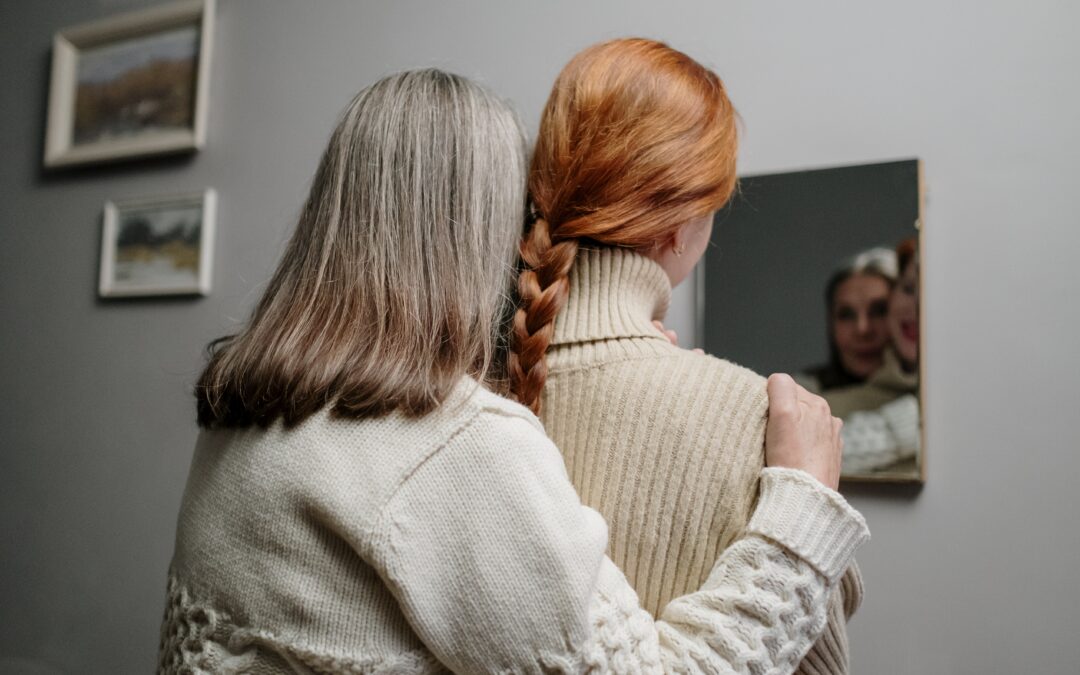The late Rabbi Lord Jonathan Sacks, in his remarks from the International Colloquium on “The Complementarity of Man and Woman” in 2014, beautifully stated the impact monogamy has had on the historical evolution of human rights:
What makes the emergence of monogamy unusual is that it is normally the case that the values of a society are those imposed on it by the ruling class. And the ruling class…stands to gain from promiscuity and polygamy, both of which multiply the chances of my genes being handed on to the next generation. From monogamy the rich and powerful lose and the poor and powerless gain. So the return of monogamy…was a real triumph for the equal dignity of all. Every bride and every groom are royalty; every home a palace when furnished with love.
Every bride and every groom are royalty; every home a palace when furnished with love. Here, the democratizing effects of marriage cannot be understated. The benefits of a loving, stable marriage are known: less stress, better health, companionship, greater financial stability. While there are bad and imperfect marriages, for the most part, they are the most successful means of ensuring loyalty and responsibility to one’s kin and children, from which the poor and marginalized stand to greatly benefit. In essence, marriage is the only institution in which two people make the towering promise to love one another, faithfully and fruitfully. The dignity of bride and groom shine forth in the wedding celebration, an outward sign of their commitment witnessed by a community of family and friends.
Unfortunately, this view of marriage is increasingly lost on younger generations, who are putting off or forgoing marriage at much higher rates than their parents and grandparents. The reasons for this are numerous: casual sex, careerism, and cohabitation, less financial independence, and the deinstitutionalization of traditional marriage. Kay Hymowitz writes in The American Compass that the cultural transformations of the twentieth century, as a result of technologies like the pill and policies like no-fault divorce, made it easier to dissolve marriages than to enter or maintain them. And the effects are disastrous for the lower and lower-middle classes.
No one anticipated that either freedom from seemingly outdated mating norms or the soulmate ideal would deepen economic and social inequality, but perhaps they should have…Clearly the capstone model of marriage, with its posh wedding and late childbearing, is a poor fit for lower-income couples. For one thing, they don’t spend their twenties going to graduate school or trudging their way up the first steps of the career ladder. Nor do they see why marriage has anything to do with the timing of motherhood. The capstone ideal has taught them that getting married is about making it, being financially set, and they’re far from that goal.
According to The Knot’s 2019 Real Wedding Study, the average U.S. wedding costs $34,000. With the enormous amount of pressure couples face to feed and entertain every family member and friend they’ve ever known, it’s unsurprising that this is the case. Furthermore, the people who can afford large, lavish weddings often set the enviable trends the masses aim to capture. Most of us (especially those of us who would get married if not for fear and financial insecurity) either delay marriage or incur years of debt in order to achieve that “dream wedding.” Furthermore, the pressure to adopt the soulmate view of marriage and the need for a perfectly stable career place greater pressure on those who hope to share life with a future spouse.
The surest way to lessen inequalities along the class divide would be to reinstate and re-institutionalize marriage by highlighting examples of happy and successful marriages. There are so many dedicated couples hidden in our midst, each having experienced and worked through their own particular hardships. As Hymowitz reminds us, “once cash-strapped couples married despite the unpredictable hardships to come. No one thought of a diamond wedding ring as an entrance fee to the institution. Most people assumed that two people together could better withstand the hard knocks life would bring—whether closed factories, injuries, or droughts. That kind of thinking seems to have melted into the thin air of the soulmate revolution.”







